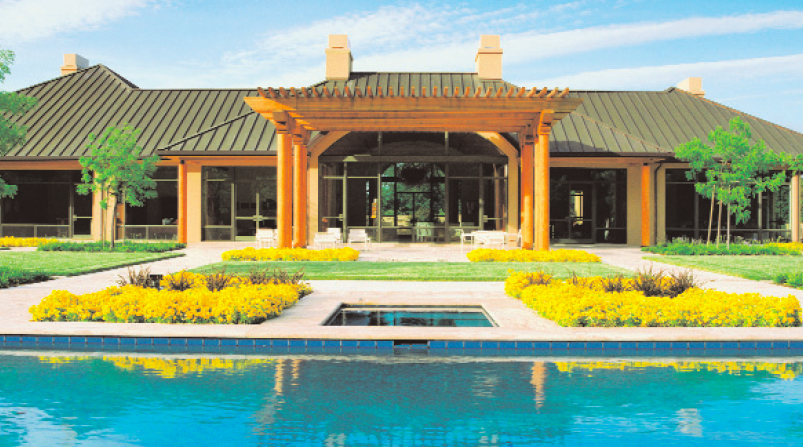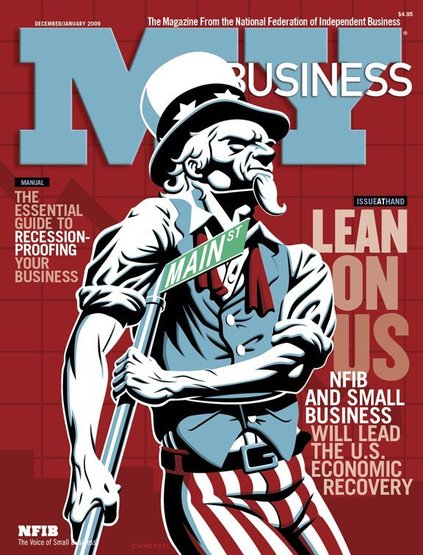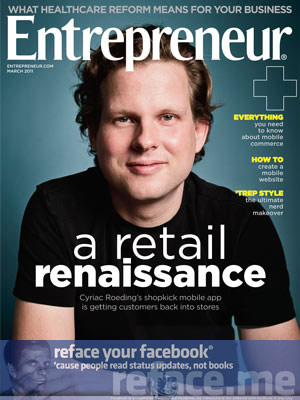 East Meets West in the Modern Interpretation of a Global Garden
East Meets West in the Modern Interpretation of a Global Garden
Oracle billionaire Lawrence Ellison may best be known for the rebellious vision that allowed him to evolve the landscape of technology. But when Ellison decided to transform another landscape—the desert terrain surrounding his three California residences, he put the multi-million dollar project into the hands of another visionary, award-winning landscape architect Ron Herman. “Ellison envisioned a modern Japanese garden, an escape from the everyday world—and he wanted something very beautiful,” says Herman.
Just as the complex intellectual, philosophical and creative elements of a spectacular garden must coalesce into unique form, so has Herman’s history prepared him as master of Ellison’s gardens. Growing up in North Hollywood in the 1950s, the son of a brilliant horticulturalist and nurseryman, Herman’s high-school resume already boasted of assisting his father create gardens for A-list clients like Jayne Mansfield, Steve Allen, and Peggy Lee. After high-school, Herman continued his study of landscape architecture, graduating in 1964 from U.C. Berkeley and opening his own design office a year later. At 24 years old he was set to begin a profitable, successful practice, but a persistent longing to expand his knowledge of Japanese culture propelled Herman onto graduate studies in Japan.
It was Herman’s father that first introduced Japanese culture into their otherwise very American world. “My father had Japanese American friends, and a lot of the nurserymen and gardeners were Japanese Americans,” said Herman. “I attended their festivals and went to their houses on New Year’s—I was fascinated by Japanese culture.” It seems only natural that while many recent landscape graduates headed to Europe for inspiration, studying 15th century gardens in Florence, Herman forged East, stepping even further back in time, surrounding himself in 7th and 8th century Japanese gardens. Three years later, after soaking up the culture that would refine his talents, Herman completed graduate studies in landscape design at the University of Kyoto, returning to his practice in the states and to U.C. Berkeley, where he taught the history of Japanese garden design for over 20 years. During his 35-plus year career, Herman has created more than 400 full-scale garden designs, including many of the America’s largest and most intricate residential gardens where he integrates elements of Japanese design into projects like Ellison’s gardens.
The Atherton Garden
Herman has designed four spectacular and uniquely individual gardens for Ellison. Beginning in 1987, Herman started work on a two-acre garden at Ellison’s Atherton residence. By 1992 Herman had completed landscaping at the Oracle Corporations World Headquarters in Redwood City, Calif. The next year Herman began designing the cutting-edge garden at Ellison’s San
Francisco “city home,” and in 1995 he began the first phase of an epic 25-acre Japanese country-style village created at Ellison’s Silicon Valley residence. The Atherton garden was the first Herman created for Ellison as an escape from the stresses of the busy world of technology. As you enter the garden, brushing past a 100-year-old Japanese black pine at the right hand of a framed redwood entry, stepping onto the winding path that begins your journey into the first of several courtyards, you sense the element Herman is perhaps most known for—his ability to create a cinematic experience. “I go to great lengths to bring people in obliquely so they turn through the door,” says Herman. “I want them to notice perspectives, and places that uncover themselves gradually.” As you continue walking through the courtyard at
Atherton, the enchanting place revealed is the swimming pool. This is no ordinary pool surrounded by concrete and decorative ceramic tile; instead, this pool has all the appearances of a natural pond sloping gently down into the landscape. One of Herman’s secrets—using integrally stained plaster to darken the bottom and sides of the pond—intensifies the magical, mirror-like reflection of the surrounding red Japanese maples and Akebono flowering cherry trees. Boulders selected from the Yuba River in Northern California, placed with artful meditation by Japanese stone setters, finish the effect as they break the surface of the mirrored pool, adding another dimension to the view.
The sense of journey and ambiguity continue as you cross the granite bridge that ushers visitors from the swimming pool toward the expanse of a larger garden near Ellison’s home. “As you travel through the garden, the cobble beach and pond move in and out of view,” Herman explains. “It makes the area seem much larger than it really is, providing a sense of mystery to the garden—prompting one to explore what lies beyond.” If you get lucky enough to spend the night at Atherton, you’ll stay in the gardens tea house built as a replica of the very famous 17th century garden at the Katsura Imperial Villa in Western Kyoto, Japan. Built in part by Japanese carpenters brought over to ensure that the integrity and consistency of honor its famous predecessor, the tea house, which doubles as guest house, is a paradigm of anti-technology. “We used Japanese carpenters who had worked on the restoration at Katsura so they knew it very well,” said Herman who doesn’t think twice about importing materials and craftsmen to ensure the integrity of a structure. According to Herman, inhabiting a garden is much more of a philosophical and emotional exercise than simply walking into a garden that is a panorama of open space. “It’s a big tradition in the West to not block the view, but I tend to close things in—to send people through a series of courtyards and spaces. I look at gardens as a series of themes in a play—you don’t understand or see the final garden until you get to the final act.” The final act in the Atherton garden plays out in the reflecting pools where red and ivory calico koi swim circles in the shallow ponds that mirror Ellison’s home. Originally a paved service entry, Herman tore out the concrete, surrounded the home with connecting ponds complete with biological water filters, and used Alaskan yellow cedar to build an adjacent deck and released the homes view by adding glass windows and doors. The water element provides reflection and the koi, movement—and on a bright day they create a dynamic, moving mirror of sky.
The completion of the Silicon Valley garden this spring, concludes over 16 years of landscape design work Herman has performed for Ellison. “It’s very interesting and fulfilling to finish this final garden,” says Herman. “We had craftsmen from all over the world, from Japan and China and
Americans—trying to get them all to speak to each other and do this in a logical manner—it was a major project.” What summarizes the creation of one of California’s most unique gardens? “In the end, every garden should be beautiful refined space to look at, but beyond that, you can build in layers of meaning,” asserts Herman. “In merging cultures we create a very modern garden. Inside there is no context, no knowing where you are. It tries to mirror the globalization of our culture—to bring in memories, his [Ellison’s] memories—he is a global person.”
If landscape architecture can encourage a living dialogue with the past and the future, with our memories and our fantasies, offering not only a place to escape but also a place to remember and to reflect, then Herman has done it in Ellison’s gardens. “People are surrounded by technology and chaos,” muses a contemplative Ellison. “I view the garden as anti-technology—the garden is a place to escape.” For Ellison, and the rest of us humming at hyperspeed in the digital world—what could be more essential than that.
Copyright Landscape Architect and Specifier News, Inc. All Rights Reserved.
 Those jogging sessions you manage to squeeze in between work and home can do more than decrease your stress—they just might increase your bottom line.
Those jogging sessions you manage to squeeze in between work and home can do more than decrease your stress—they just might increase your bottom line. 


